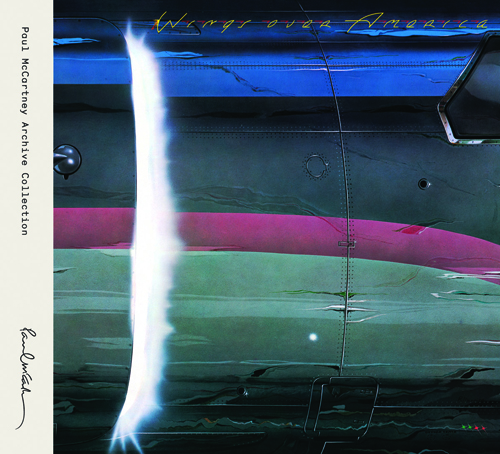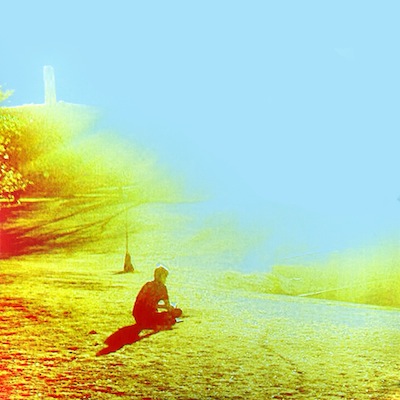Another layer of Bob Dylan is uncovered on 'Another Self Portrait'
| Socialize: |
By NICK TAVARES
STATIC and FEEDBACK Editor
Confusing road bumps in the long career of an artist are typically par for the course. The Rolling Stones have Their Satanic Majesties Request, Neil Young had most of the 1980s, John Lennon recorded all those noise albums with Yoko Ono. They’re almost badges of honor, signals that the artists in question weren’t afraid to try something new and were able to rebound when met with criticism.
But few artists have lived through the hail storm that Bob Dylan received upon the release of Self Portrait, a double album of covers and originals that featured bizarre orchestral arrangements, uncharacteristic crooning and a willful disdain for every popular rock and roll trend at the end of the 1960s.
Not having lived through the existential crisis that a less-than-amazing Dylan album must have caused, and never too interested in revising history to make Self Portrait the important record of 1970 it never really was, it was always just a funny chapter in Dylan’s career. Here he was, half-crooning and covering people he had no business covering. It all seemed like a big joke against the music press and the fans, who had been clamoring for him to rail against the Vietnam War and were horrified to see him singing country tunes with Johnny Cash. As an answer to that, he released this impenetrable record with nearly sincere vocals and half-assed songs and called it Self Portrait, all topped with a slapdash painted cover. It was a brilliant, albeit it nearly unlistenable, statement.
To balance that, Another Self Portrait (1969-1971), the 10th installment of his unparalleled Bootleg Series, focuses on the rest of the recordings of that era, cleaning up some of the overproduced Self Portrait recordings, adding in live takes, demos, unreleased songs and alternate versions of songs that wound up on the following record, New Morning. And the new recordings are a revelation.
Part of what made Self Portrait so confusing was the number of covers that packed the record. But an interesting aspect of this collection is hearing Dylan singing these traditionals so sincerely, like “Alberta #3,” in a way that recalls what it must’ve been like to hear him in his pre-New York days, when he still sang sweetly and hadn’t yet realized his full songwriting capabilities. In the period that started with John Wesley Harding, Dylan was rediscovering his roots in country and folk music, and as a result, he stepped back into that earlier voice.
It also provides a more coherent link from John Wesley Harding and Nashville Skyline to New Morning, which also benefits from added appreciation here. Previously, New Morning had been seen as an antidote to Self Portrait and a positive sign that Dylan hadn’t completely lost it. But in the wake of the Self Portrait disaster, it suffered, both at the time and when assessing his back catalog.
Now, New Morning serves as a better indicator of Dylan’s abilities in that period, as the outtakes here will attest. A keyboard-driven “Went to See the Gypsy” is particularly affecting, and the horn-overdubbed “New Morning” shows Dylan in a much better version of his popular crooner mode. He had some solid ideas and great performances; they just weren’t all given the light of day at the same time. “If Not For You” is given a slower treatment than either the George Harrison-recorded version or any of the previously released Dylan incarnations, with violin and piano driving the song.
The live tracks are presented with better care here, as well. Where distorted mixes of the 1969 Isle of White material dotted the original Self Portrait album, those songs come through with much better fidelity and, as a result much more power. The entire set, played with the Band, is available as a third disc in the deluxe editions of the album, but the scattered tracks that dot disc two do the job well enough. Really, the live take of “Highway 61 Revisited” is reason enough to check this out (with a cool organ solo by Garth Hudson), but the live take of “I’ll Be Your Baby Tonight” is almost as strong.
There are still some strange moments that keep the music a little more firmly in the era — I’ve never understood “All the Tired Horses,” and the non-overdubbed version at the end of disc one doesn’t make much more sense to me, either. But then it comes back around, and there’s always more to love than there is to confuse. Closing with a solo piano demo of “When I Paint My Masterpiece,” which first surfaced on Dylan’s Greatest Hits Vol. II and the Band’s Cahoots, wonderfully sums up Dylan’s style and substance of the era: understated, melodic and incredibly poetic. He wasn’t as interested at keeping up with the times as he was with writing and singing good songs.
It’s the beauty of reinvention. Even with recordings that are more than 40 years old, there is depth to his work that we are still only beginning to understand. Self Portrait was a snapshot, and a more accurate one than anyone realized. Another Self Portrait is the fully finished painting, one that doesn’t emphasize the warts to shield the beauty. And it’s no joke.
E-mail Nick Tavares at nick@staticandfeedback.com






